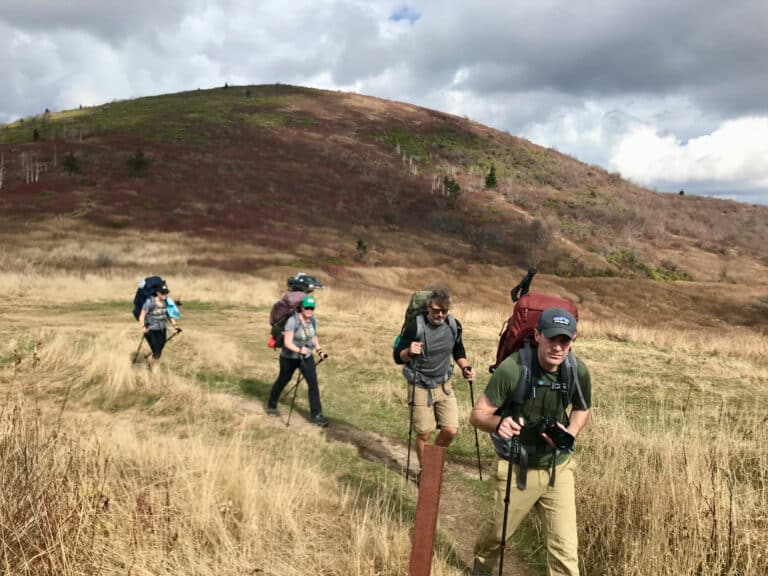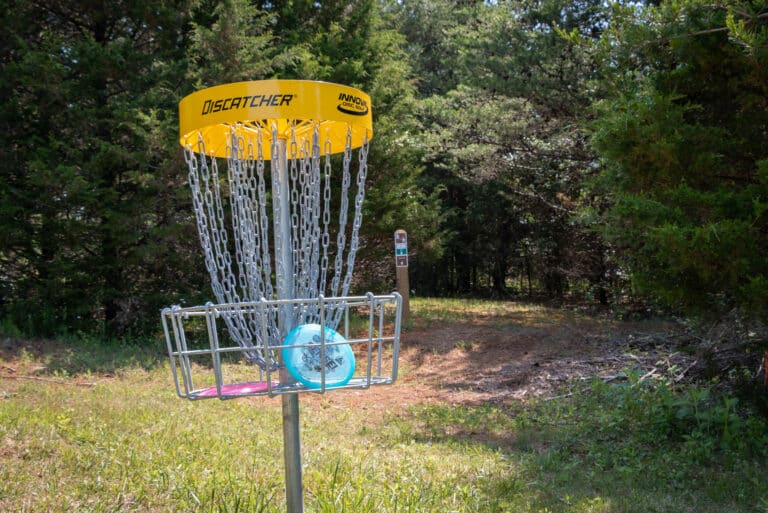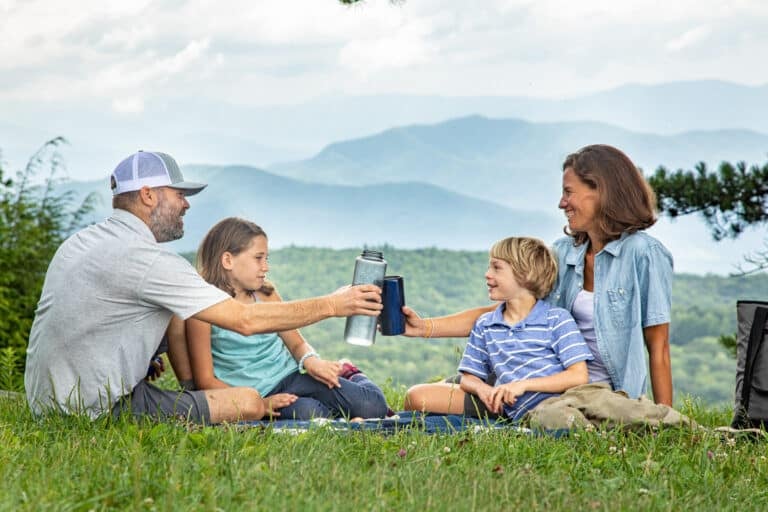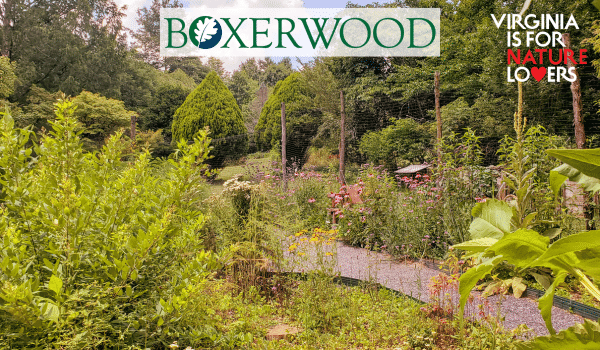A climber looks back on learning at Richmond’s beloved urban crag
I had to teach myself how to rock climb.
I didn’t know any climbers, but in college I began bouldering in a dinky climbing gym housed in a converted gas station. I soon upgraded to a larger gym but eventually decided that it was time to learn how to get out onto the real stuff. I bought myself the requisite gear—harness, a rope, some quickdraws—and began devouring YouTube how-tos in lieu of studying for exams.
I practiced setting up anchors off of the pull-up bar hanging in my doorway, tied and retied figure-8 follow-through knots and clove hitches, and nervously performed my first rappel off the balcony of my house. Time well spent, to be sure, but what really enabled my autodidactic introduction to climbing was the Manchester Wall.
Situated on the south side of the James River just across from downtown Richmond, Virginia, the Manchester Wall is the most distinct urban climbing crag I’ve ever encountered. Peering over the pedestrian bridge spanning the river, omnipresent onlookers line up to watch the climbers tackle routes on a sixty foot granite wall built into the hillside. Old bridge pillars extend toward and into the river, offering more opportunities for climbers to test their mettle.
These granite blocks are all that remain of the Richmond and Petersburg Railroad Bridge. Originally built in 1838, Confederate soldiers burned the bridge intentionally as the Union closed in on Richmond in 1865. After the war, Richmonders rebuilt the bridge, which burned again in 1882 (that time by accident), rebuilt it again in 1902, and finally decommissioned the bridge in 1970. Now that nature has taken over, it’s easy to mistake the abandoned foundations for Mayan ruins dropped into the heart of Virginia.
When the bridge was rebuilt in 1902, the railroad company built new, shorter piers for the replacement bridge out of concrete rather than using the original 1838 granite block piers. Since the bridge was retired in 1970, many of those concrete pylons have collapsed into the river. The original granite piers, however, still proudly overlook Richmond.


Some visionary climbers began developing these remnants of the bridge into an urban crag in the 1980s, equipping the bridge with bolts and anchors. The routes trace cracks in the mortar and missing chunks of granite up the wall. Climbers have even tackled the pylons that extend into the river by kayaking out with their gear.
Beyond my circle, Manchester Wall provides a centerpiece for the Richmond climbing community. Children’s camps like Passages introduce the next generation of climbers to the sport at Manchester Wall. Peak Experiences, a local climbing gym, hosts events and intros to outdoor climbing at the main wall. New friends exchange numbers and make plans to climb together at the gym or other crags. Curious onlookers and tourists taking walks on the pedestrian bridge, nearly at eye level with the climbers, take photos and ask questions as they cling to the wall. Once, a Red Bull rep handed out free drinks to me and other climbers on a blistering day underneath the shade of a pylon.
The main wall gave me everything I needed to learn the basics of climbing. My initial attempts began by scrambling up the hill and nervously leaning over its lip to clip anchors into the bolts and throw down a rope. From there, I progressed to tentative lead climbs with the couple of friends crazy enough to go with me. Carefully but clumsily, I rehearsed clipping my rope into bolts drilled at regular intervals into the wall. With dozens of routes ranging in difficulty from 5.4 to 5.10d, my friends and I had plenty of room to grow. The buttress in the center of the main wall even provided a way to practice multipitch climbing and rappelling.
In terms of contributions to my climbing education, these crumbling granite blocks surpass even the world-renowned crags of the New River Gorge, where I soon found myself camping every weekend. At least half a dozen of my best climbing partners got their starts at Manchester, as did a friend who now guides ice climbing in Alaska using the skills she honed on this humble wall. The Manchester Wall developed not only our climbing skills but also lifelong friendships.
It’s fair to say that having the opportunity to learn to climb at Manchester Wall changed the trajectory of my life. Much to my parents’ chagrin, I moved to Colorado a few years ago for the climbing (well, also the skiing) and now find myself surrounded by classic crags. Since my relocation, I can’t say that I’ve climbed any bridges, but I will admit that I still find myself checking for bolts or signs of chalk when I drive past one. I guess old habits die hard.







